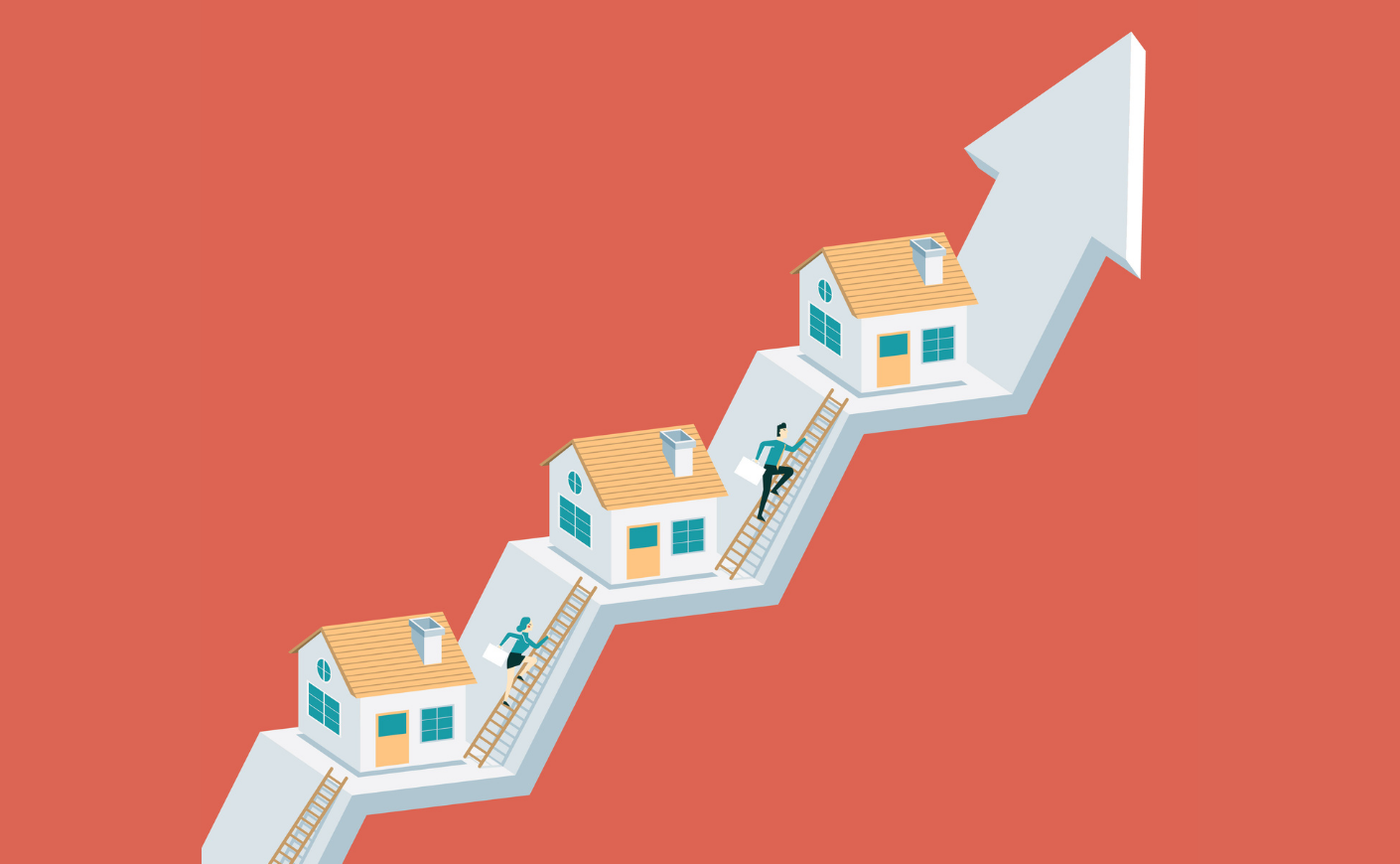If you’ve been on the hunt for an apartment lately, you already know the cost of renting has gotten a lot steeper than it used to be — and the rise has happened a lot quicker, too. We’re taking a closer look at the trends in this increasingly expensive market, how things changed in 2021, and what’s ahead for the rest of this year.
In which cities did the rent increase the most?
Rental costs are getting more expensive all around the country, but the spikes have been worst in these locations, according to an analysis by Axios, which tabulated the average rent growth each city saw in 2021.
1. Naples, Fla. (up 38 percent)
2. Sarasota, Fla. (up 31 percent)
3. West Palm Beach, Fla. (up 29 percent)
4. Fort Myers, Fla. (up 26 percent)
5. Bremerton, Wash. (up 26 percent)
6. Phoenix, Ariz. (up 26 percent)
7. Tampa, Fla. (up 25 percent)
8. Las Vegas, Nev. (up 24 percent)
9. Fort Lauderdale, Fla. (up 23 percent)
10. Austin, Texas (up 23 percent)
Those calculations are based on rents for newly-available apartments, not renewals of existing leases. They’re also largely made up of properties with 50 units or more, as smaller buildings or one-off rentals by individuals are more difficult to thoroughly track.
What’s causing the rent increases?
It’s an unfortunate combination of extremely high demand and reduced construction of new buildings as supply chain issues persist.
Another factor influencing the prices renters are being asked to pay is the red-hot housing market, which shows no signs of slowing down. The Covid-19 pandemic has dramatically intensified the competition for Americans who want a house that offers more space and autonomy than an apartment can, which has sent values on an unbelievable rise. The median price of a home in the U.S. was $346,900 in 2021, up nearly 17 percent from the year before.
With fewer people able to afford the home they want — or unable to have their offer accepted when a single property can attract dozens of buyers at once — they’re left renting for the time being, which doesn’t help demand.
What’s ahead for 2022?
Sadly, it could be more of the same. The Federal Reserve Bank of New York recently projected that rents could rise another 10 percent over the course of this year.
The good news is the growth could be less steep in 2022 than it was in 2021. Rent increases were sharpest last summer, and they seem to have leveled off in the last few months — but that could also be seasonal patterns, as the rental market is typically more competitive during the summer than in colder months.
Moving forward, it’s really a game of supply and demand, and that means relief may not be coming anytime soon.
“There is a little more inventory coming online in 2022, relative to 2021, and certainly 2020, but certainly nothing that’s going to satiate the gap in supply that has been building over 10 years, 15 years now,” a rental listings expert told CNBC.












